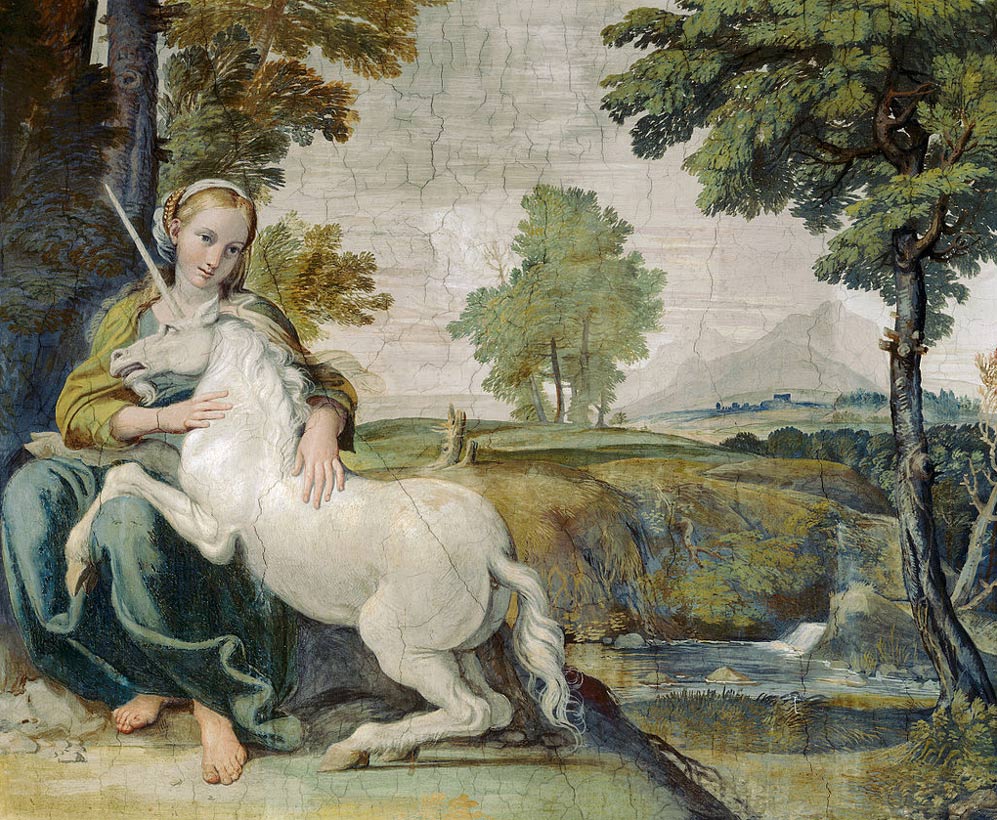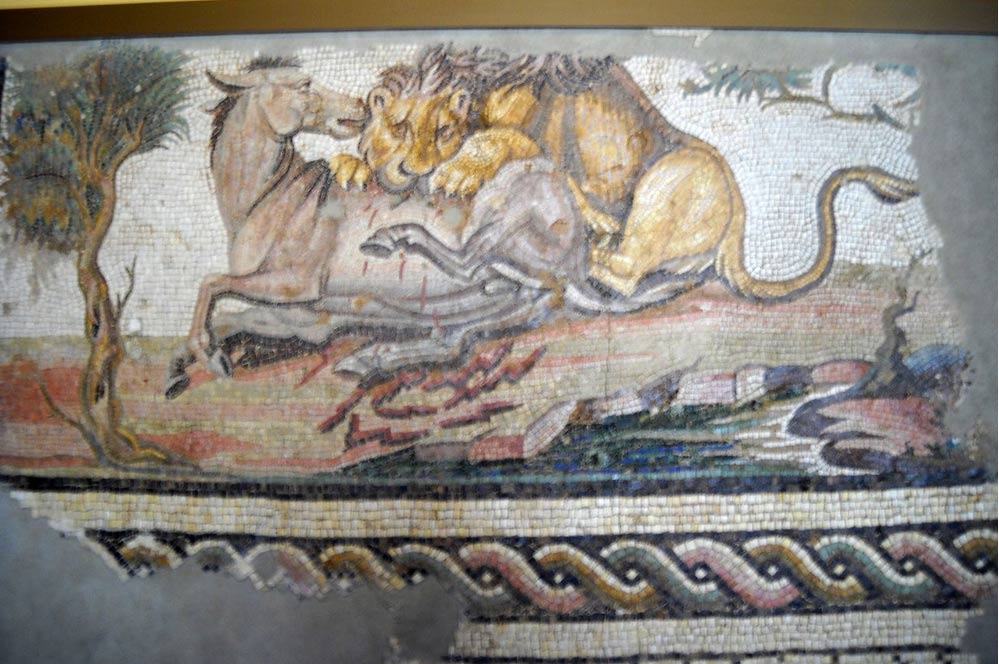
The Fierce Mythical Unicorn Travelled the World and Through Cultures, Killing and Healing
Legend speaks of a powerful creature, a wild beast that is both an unpredictable, deadly foe and a gentle and innocent spirit. The unicorn, a creature with a single, spiraling horn centered on its forehead has become one of the most popular and enduring of mythological creatures. Like dragons, they are unique legendary figures with an image that is instantly recognizable all over the globe, with tales reaching back through ancient epochs.
Stemming from text mistranslations and misunderstood travelers’ tales, stories of the elusive creatures cemented their place in ancient record and oral traditions, demonstrating a long and rich history in legend since antiquity, and which continues today in modern popular culture. The modern mythical beast is now generally described as a perfect white steed with a tapering horn projecting from its forehead. It is said to be beautiful, pure, and magical, which visits or defends young girls specifically.
At once time, however, the unicorn was not the lovely creature we know today. Rugged, beastly, four-legged animals with a dangerous horn and strange powers were described by various ancient writers in accounts of natural history.

The Virgin and the Unicorn, 1620. (Public Domain)
Travelers’ Tales and Marvelous Accounts
Original accounts of the creature were not mythical or religious creations, but were instead found in ancient natural history texts by Greek and Roman writers. Historians, natural scientists, and physicians believed the unicorn was a real animal which lived in the largely mysterious ancient India, based on traveler accounts from the region.
Greek historian Ctesias in the fifth century first wrote in his book Indika, (“On India”), that unicorns were wild asses or onager—small equine animals which still exist today. But he held they were colored white, red or black, and they had a horn about 28 inches (71 centimeters) long.

The Lion and the Unicorn? An Asiatic lion attacking an onager (Roman mosaic, c. AD 150). (CC BY-SA 2.0)
It’s believed other authors drew from Ctesias’ work as fact, and added further details. Aristotle wrote about a one-horned animal called the oryx (a type of two-horned antelope,) and the “Indian ass”. Similarly, Strabo recorded that there were one-horned horses in the Caucasus.





